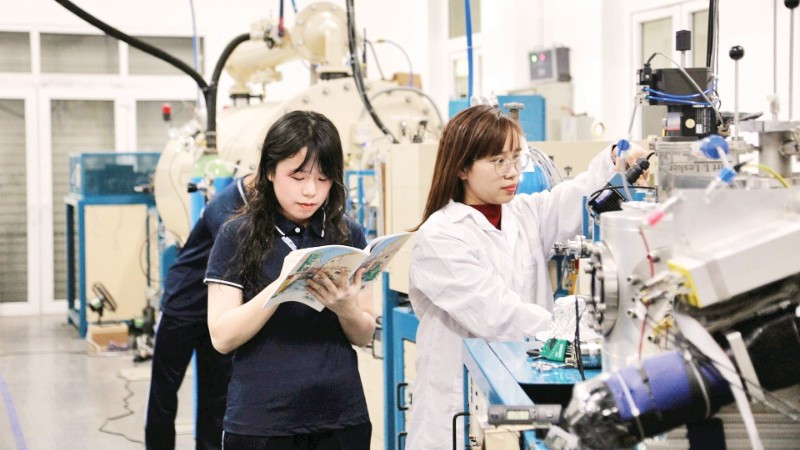
This model helps to closely link training, scientific research with the labor market and the economy , thereby better meeting the requirements for high-quality human resources, developing science and technology and enhancing national competitiveness.
The "triple-party" linkage contributes to improving the quality of scientific research and innovation; promoting the training of high-quality human resources associated with practical needs.
Effective models
According to Deputy Ministerof Education and Training Nguyen Van Phuc, in the current development trend, the "three-house" cooperation does not stop at human resource training, but needs to be expanded to research activities, application, technology transfer, commercialization of research products to bring science into production, innovation into the market and knowledge into development. "Three-house" cooperation is also a prerequisite for Vietnam to build interdisciplinary innovation centers, industrial-academic clusters, and gradually form a national innovation ecosystem. This is a direction in line with the requirements of Resolution No. 57-NQ/TW, and at the same time, it is a way to concretize the spirit of action in Resolution No. 68-NQ/TW and Resolution No. 59-NQ/TW on developing innovative private enterprises and proactive and comprehensive international integration.
In fact, there are currently many models and activities of "three-house" cooperation in higher education that are quite effective. According to Associate Professor, Dr. Pham Bao Son, Deputy Director of Hanoi National University, thanks to promoting the implementation of the "three-house" cooperation model, in the period of 2022-2024, the unit has implemented 91 cooperation projects with large corporations, enterprises and international partners, the total value of non-state budget investment from enterprises and other organizations in science and technology projects reached 252.53 billion VND.
Revenue from consulting contracts, services, transfer, and commercialization of scientific and technological products reached VND 130,432 billion with more than 300 products proposed for commercial transfer. In the first six months of 2025 alone, 50 R&D projects in cooperation with foreign enterprises and partners were implemented. Many fields cooperate with corporations and enterprises to solve practical problems, increase resources for research to master core technology, develop strategic products, apply, transfer, commercialize...
In the period of 2021-2024, Ho Chi Minh City National University signed 250 cooperation documents with 31 localities. Many programs and activities have great significance for development such as 41 activities to provide comments on strategic appraisal, policy consulting, and socio-economic development models; 67 training, fostering, and human resource development programs implemented in provinces and cities... In addition, Ho Chi Minh City National University also signed with 100 enterprises and organizations to improve the ability to apply technology in management and production...
Director of the Academy of Posts and Telecommunications Technology, Associate Professor, Dr. Dang Hoai Bac shared that to effectively implement the "three-party" cooperation, the unit builds "priority career orientation" training programs (State sponsors; school trains; society and businesses use); builds a program to jointly train talented students (State and society provide scholarships; school and businesses jointly train).
Along with that, building incentive mechanisms that allow flexibility for schools and businesses to train together (recognizing business subjects; authorizing businesses to evaluate and pay salaries; supporting scientists in businesses who participate in training; tax exemption for businesses when combining training...). Therefore, the academy's human resource training activities in recent years have achieved good results, contributing to the country's socio-economic development.
Untie the "knots"
Although there are many good models with positive results, to truly effectively cooperate with the "three houses" in training, innovative research and developing high-quality human resources, it is still necessary to remove obstacles and difficulties.
According to Associate Professor, Dr. Pham Bao Son, the current reality is that national investment in science, technology and innovation is fragmented and unstable. Science and technology programs and topics are still located in many ministries, branches, agencies and localities without a "chief architect", leading to low investment for each program, not being maintained continuously and long-term.
Along with that, the programs lack connectivity and synchronization; R&D activities lack motivation due to loose connections; the commitment to product quality and progress of scientists and schools is often not high; entrepreneurs and enterprises are still worried about risks; meanwhile, the division of rights and benefits when commercializing scientific and technological products is still inadequate...
Therefore, to promote the "three-way" linkage, the Government, ministries and branches need to issue guidelines to soon apply the advantages of Resolution No. 57-NQ/TW, Resolution No. 68-NQ/TW... into practice, freeing up resources for science-technology development and innovation; focusing on removing obstacles intertwined between laws, decrees and guidelines for implementing breakthrough policies.
Schools need to improve their autonomy and management capacity, develop strong research groups, innovate training programs in line with social needs; at the same time, build long-term cooperation contents suitable to business needs and national development orientation. Meanwhile, businesses need to proactively cooperate with schools, institutes and scientists in researching and developing strategic science and technology products.
Associate Professor, Dr. Huynh Dang Chinh, Vice President of Hanoi University of Science and Technology, said that in order to remove the bottlenecks in the "three-party" cooperation, the State needs to gradually shift its role from "funder" to "creator and supporter"; encourage businesses to proactively seek out higher education institutions, which is much more effective than pouring budget directly. Businesses must be the ones to set the questions, clearly define the output requirements and be the main source of finance, while higher education institutions are the professional R&D service providers. This relationship is bound by a fair and transparent economic contract on progress, quality and intellectual property rights, ensuring the highest commitment from all parties.
Deputy Minister of Education and Training Hoang Minh Son said that it is time for higher education institutions to strongly innovate their strategic thinking and actions, shifting from quantity to quality, especially towards quality; enhancing their role and position in research and innovation activities. Schools need to review and update their development strategies, clearly define their missions, focus on training quality and research results; proactively develop research and training projects and programs, based on the Government's orientations and tasks according to competitive criteria, suitable to their capacity.
Along with that, perfecting mechanisms and policies strong enough to attract and retain lecturers and students, especially international human resources. Universities need to identify themselves not only as training places, but also as core forces in research and innovation, taking training associated with research and innovation as a consistent orientation, contributing to providing high-quality human resources, effectively transferring scientific research results, innovation, contributing to the socio-economic development of the country.
Source: https://nhandan.vn/gan-dao-tao-nghien-cuu-khoa-hoc-voi-nhu-cau-thi-truong-post891948.html






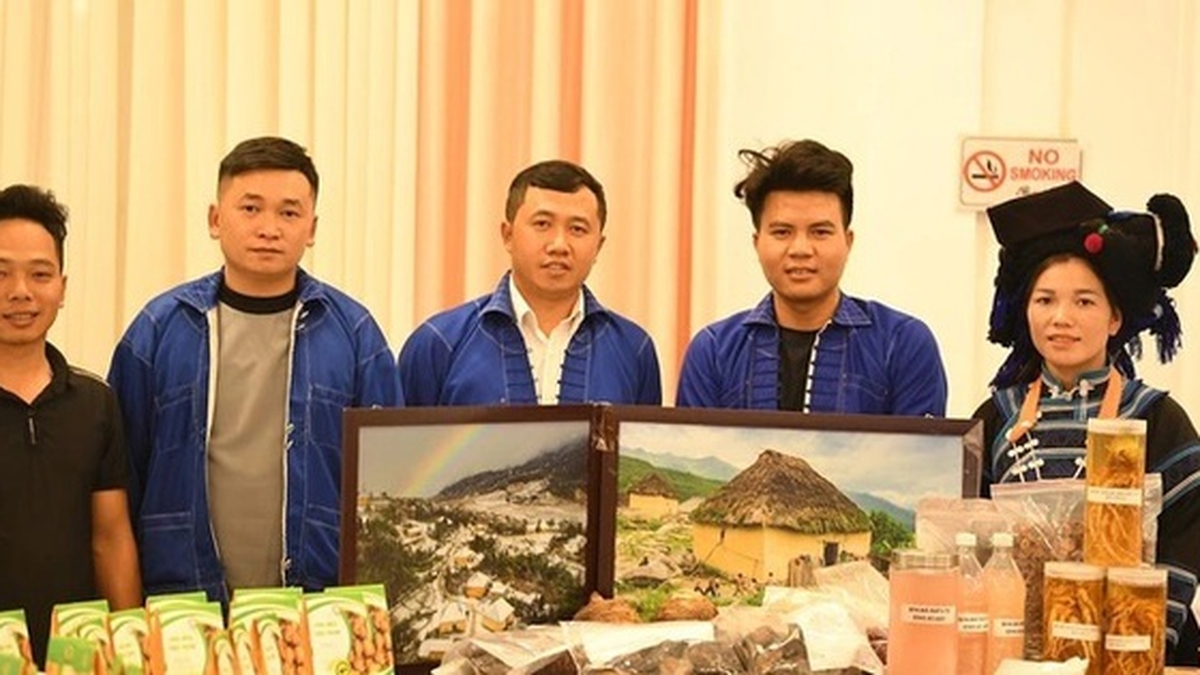

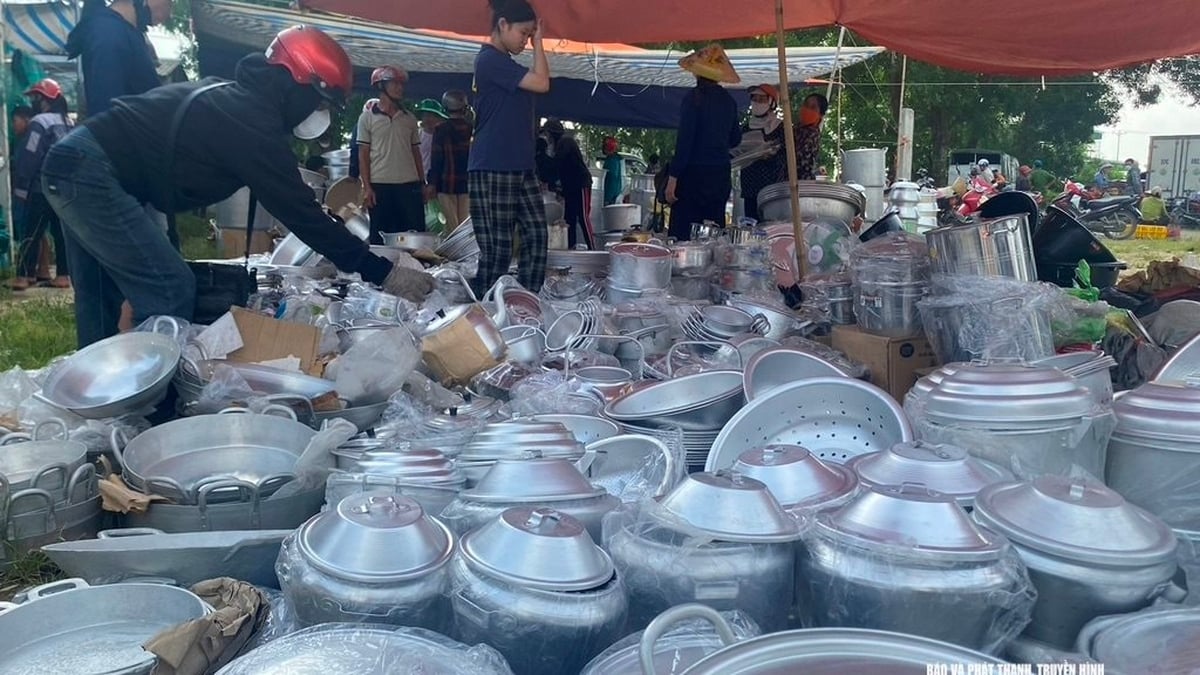

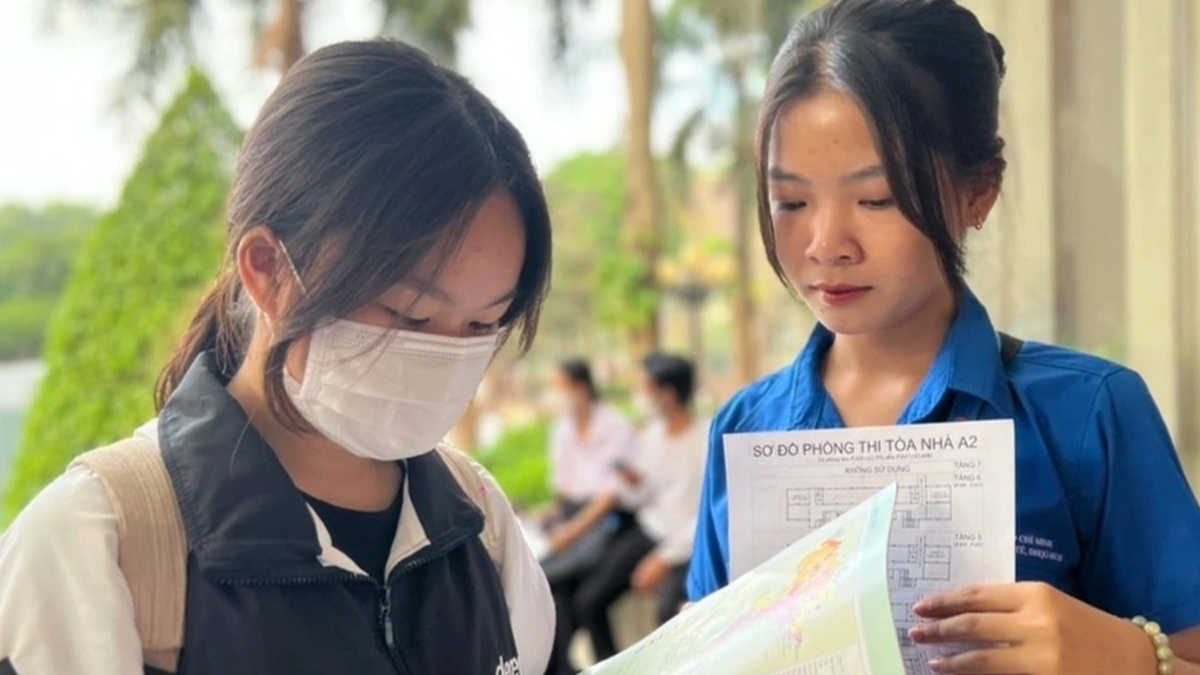
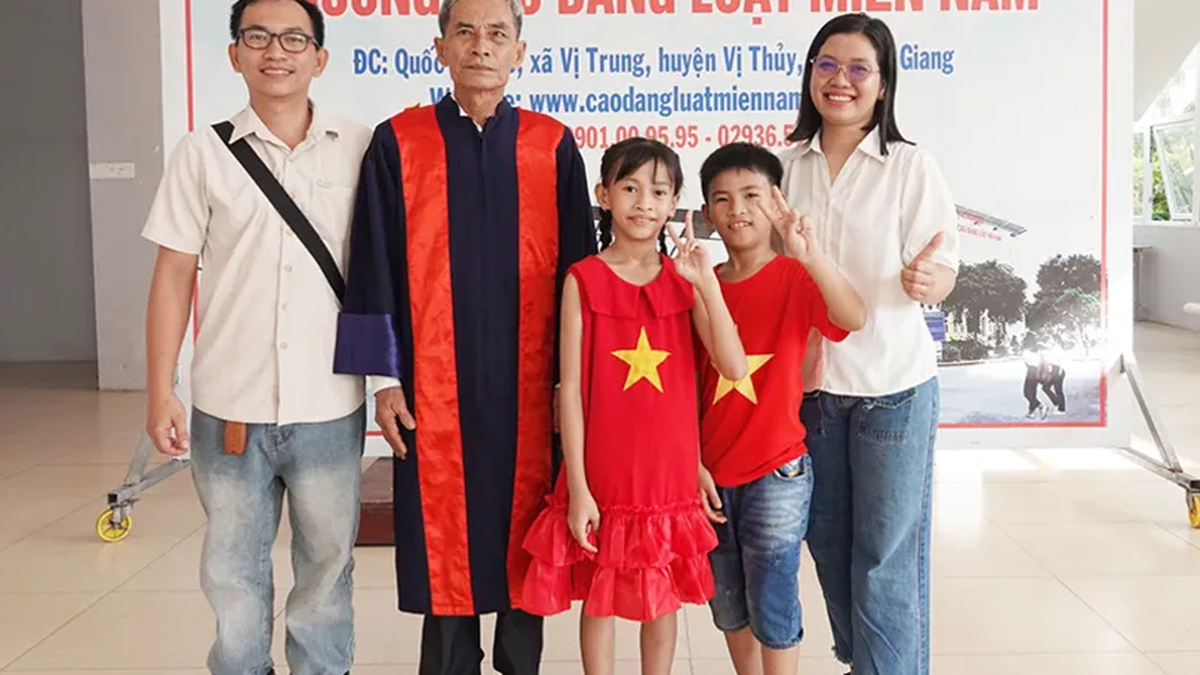








































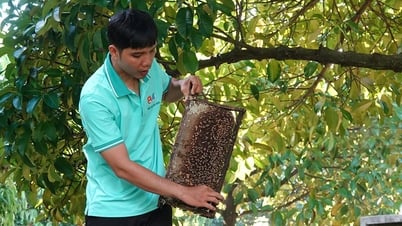

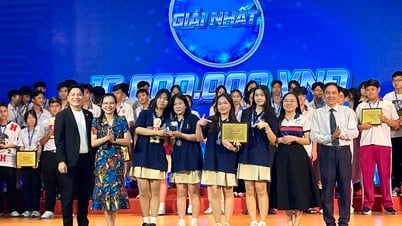










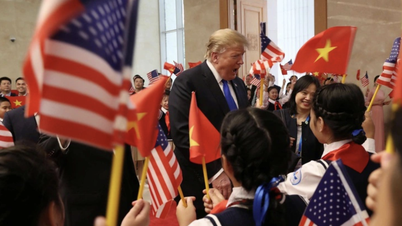
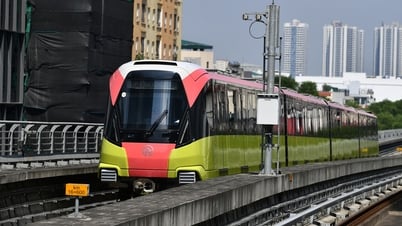
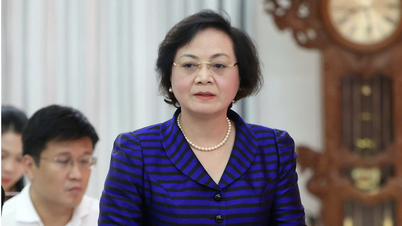

































Comment (0)